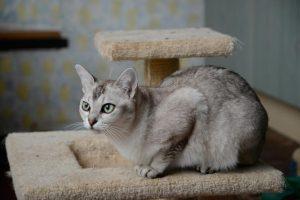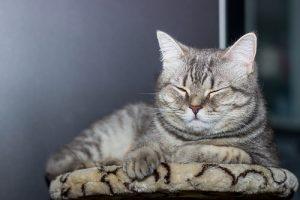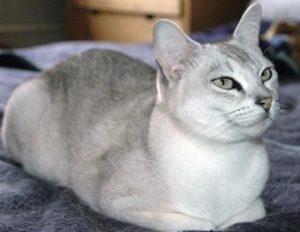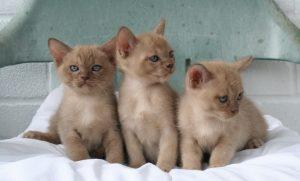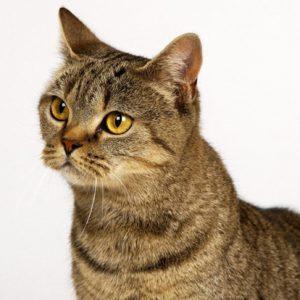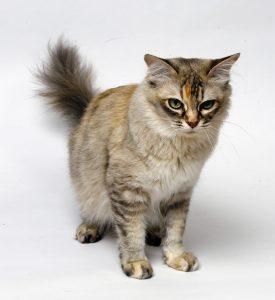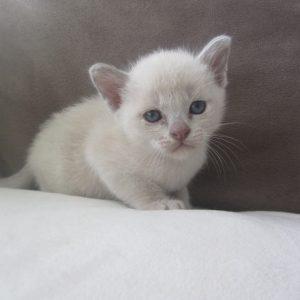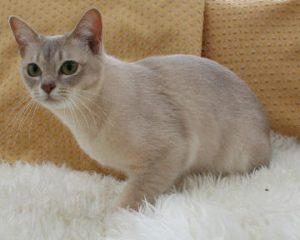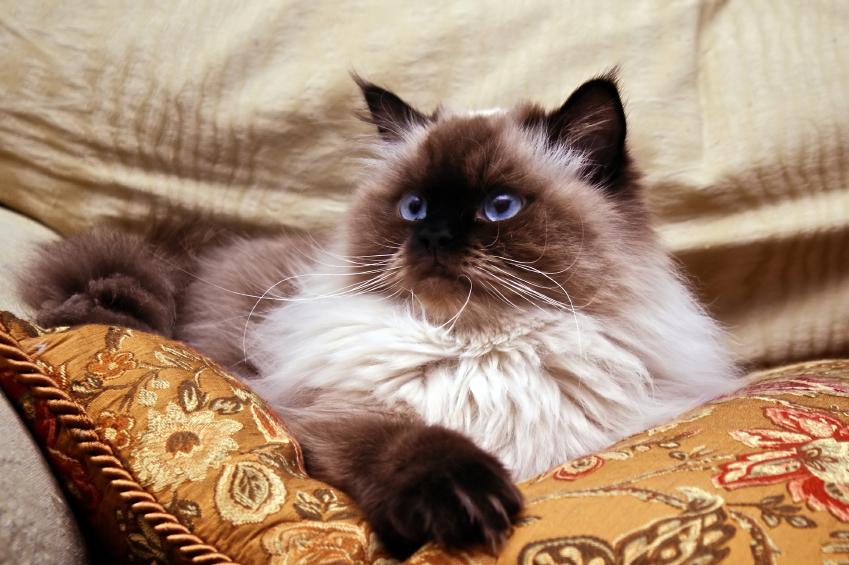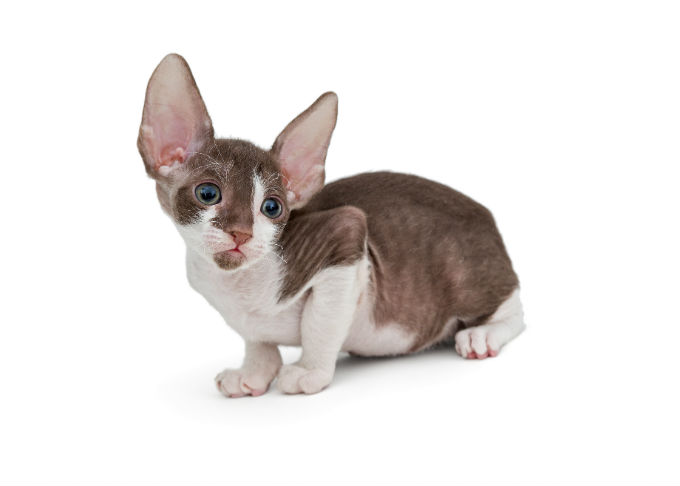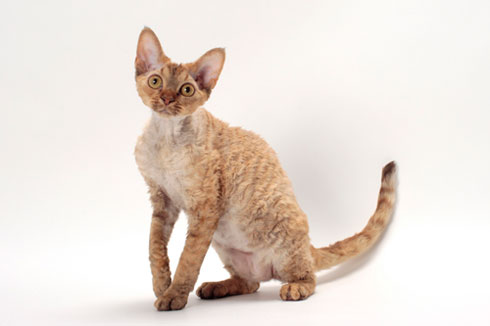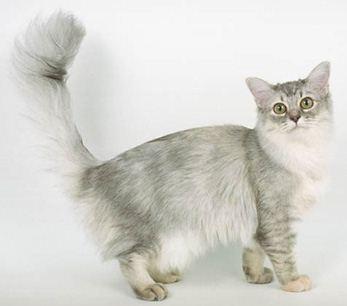The Asian Cat is a breed of solid-colored, medium size, domesticated, human-made feline that developed in the last part of the 20th century. Although their name suggests differently, this is not a breed that originated in Asia.
Quick Information
Physical Appearance & Size
| Size Category: | Medium |
| Body Type: | Compact, muscled, fatless; Broad, rounded chest, and slender legs with a smoothly rounded head bearing no flattened areas |
| Weight: | Male: 4 kg; Female: 3 kg |
| Height: | Medium |
Colors & Patterns
| Coat Type: | Soft, short, long, satin, glossy |
| Colors/ Patterns: | Breed standard allows only solid colors (spotted, tabby or ticked are not allowed) |
| Tail Type: | Medium, straight |
| Eye Color: | Yellow (blue or green is faulty) |
Other Characteristics
| Other Names: | Malayan Cat |
| Life Expectancy (Lifespan): | 15 years (average) |
| Characteristics/ Qualities: | Loving, intelligent, social, playful, interactive, curious |
| Age of Sexual Maturity: | 7-8 months old |
| Lap Cat: | No |
| Shedding: | Minimal |
| Good with Children: | Yes |
| Good with Pets (Other Cats): | Yes |
| Vocalization/ Noises: | Loud; frequent |
| Hypoallergenic: | No |
| Attention Seeker: | Yes |
| Countries of Origin: | UK |
| Availability: | Common |
History and Development
In 1981, the Asian cat developed in Great Britain by Baroness Miranda von Kirchberg, which began from a Burmilla cat. This cat, in turn, was created from the mating of a Burmese cat and a Chinchilla cat.
The Burmilla gave birth to a litter of four kittens, consisting of strongly built kits with defined bone and muscles; black tipped and short silverfish coat, light tabby markings on the face, tail and legs, and with black ‘eyeliner’ in the eyes.
Being advised by the fellow breeders to develop a cat of Burmese type, the Baroness initiated a breeding program aiming to develop an independent pedigree breed with a total variation of colors and patterns so that the new felines are capable of getting recognition by the GCCF.
Eventually, they realized that they are capable of creating an entirely new group of felines since they had the necessary gene pool. So they coined a new name for the breed – the ‘Asian Cat’.
Temperament and Personality
- Friendly, sociable and affectionate; enjoys human company and getting cuddled
- Love exploring the greens in the garden
- Good with children
- Compatible with other cat breeds
- Alert, active and full of energy
- Extrovert and inquisitive, always brimming with curiosity to follow or find out new things
Who is the Asian Cat Good For
- Those who will be out at work all day (but keeping two cats is advisable to give company to each other, ideally from the same litter)
- Older adults looking for loyal company
- Those who do not stay in the noisy city areas
- Those who have kids at home
- Cat lovers who like such animals that would cling to their owners all day
- Those who can find out at least 15-20 minutes of activity/play time daily for their cats
Care
Brushing them once a week is enough. They can also be stroked by hand from time to time using either a glove or flannel cloth or chamois. This cleaning should retain its sheen and smoothness.
Normally they do not have any major health issues, except for the fact that some might develop skin blistering, while other individuals might snore. This act is mostly because of their facial structure and renal issues. But they are long-living.
How Difficult is it to Train them
Training the intelligent, loyal, and moreover, obedient Asian cat is not difficult. Since they love the greens, they are prone to move out of the apartment. Teach it not to leave the premises unless you are with it.
Diet/Feeding
General cat food, including premium brand dry kibble, is ok for the Asians.
Interesting Facts
- These felines get the nickname ‘Asian Self’ by mixing the name ‘Asian’ with the term ‘self’, which is used to describe cats that are solid-colored, i.e. have the same color all over.
- Surprisingly, a single litter can produce both Burmese and young Asian (Malayan) Cats.
- The breed number of the Asian Cat is 72.

